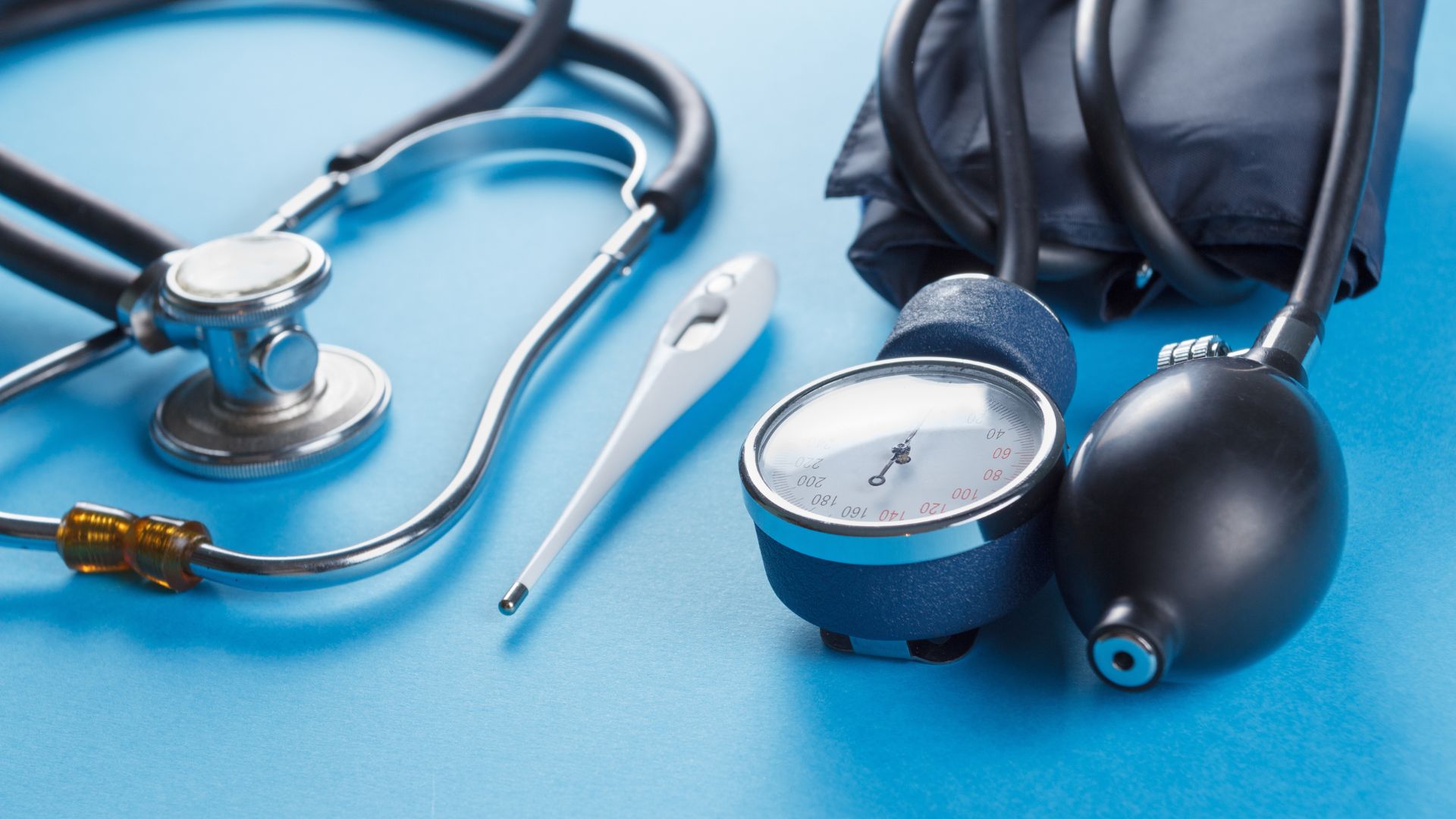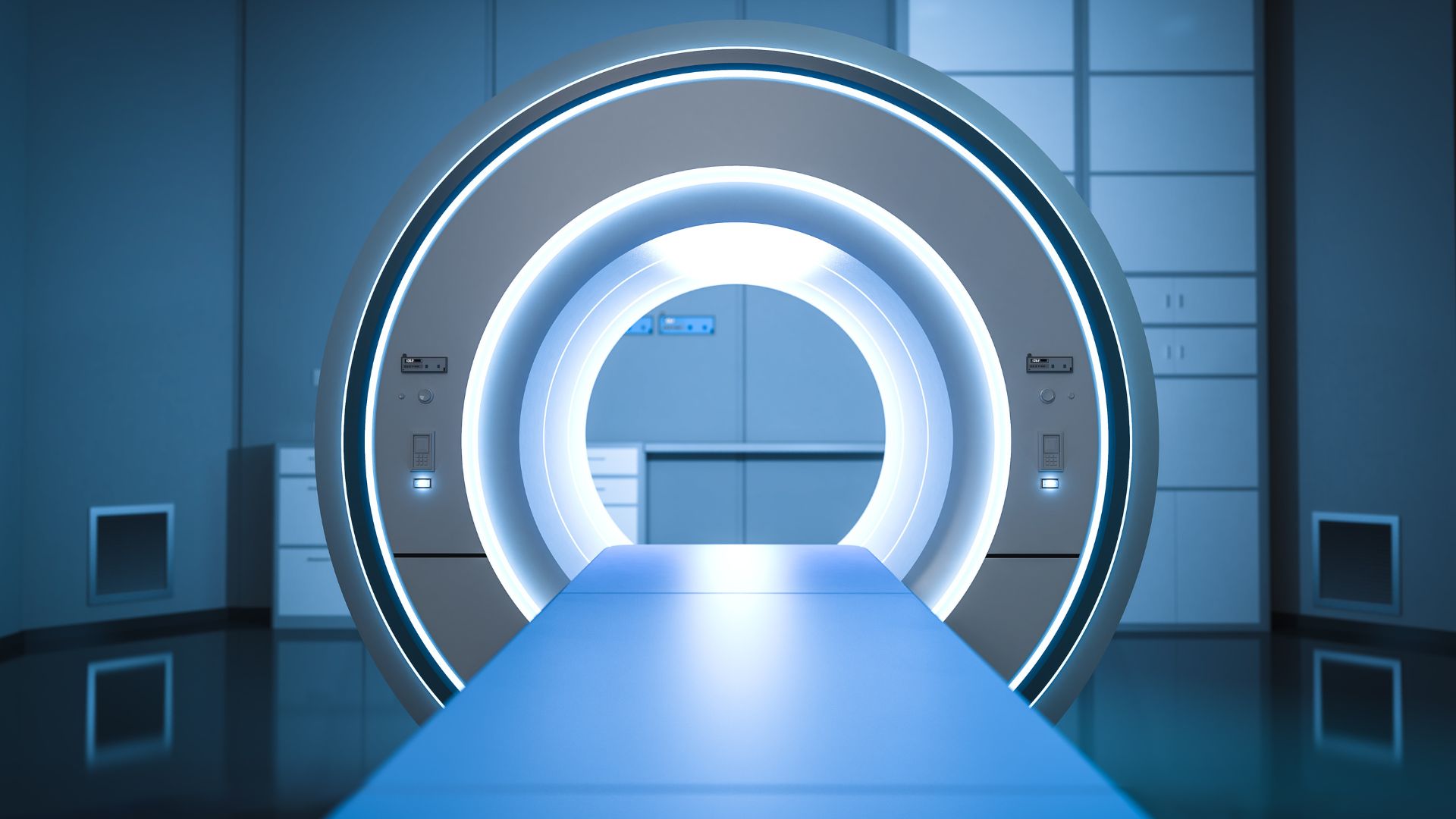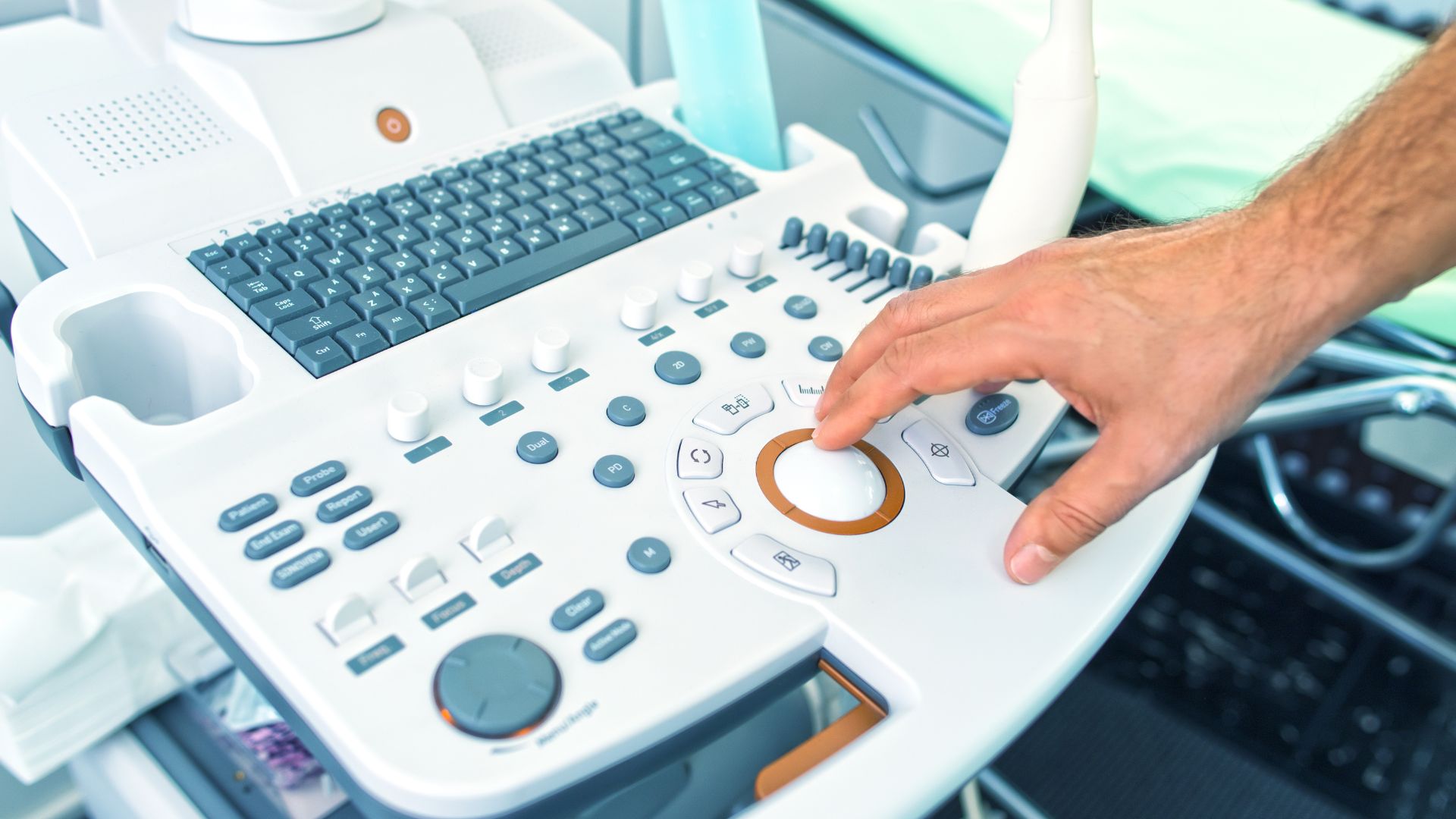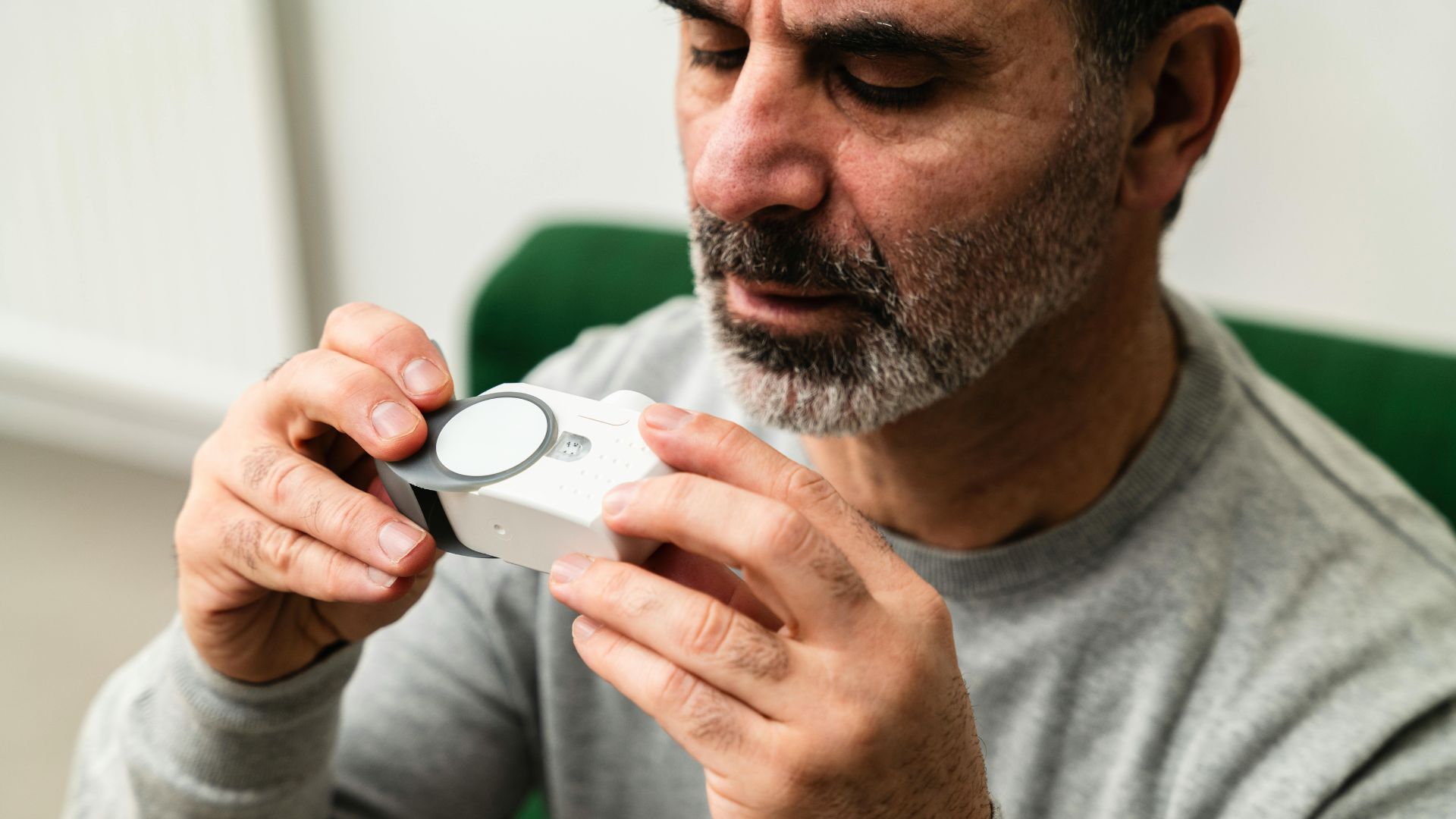Class I medical devices represent the lowest risk classification under the European Union’s Regulation (EU) 2017/745 on medical devices (MDR), but that does not mean they are exempt from stringent regulatory oversight. In fact, the MDR has considerably expanded the requirements even for low-risk devices. Far from being a compliance light-touch, Class I products must now be supported by a comprehensive Quality Management System (QMS), robust technical documentation, postmarket surveillance procedures, and accurate, auditable declarations of conformity.
These devices include a broad range of non-invasive or low-intervention products such as bandages, examination gloves, stethoscopes, surgical drapes, and reusable surgical instruments. Manufacturers of these products may be permitted to self-certify, but this privilege is conditional upon strict adherence to MDR Annex I requirements and an ability to demonstrate conformity during inspections by EU Competent Authorities.
This article delivers a detailed breakdown of the regulatory framework governing EU Class I medical devices. We explore the classification criteria, the obligations placed on manufacturers and economic operators, documentation expectations, surveillance requirements, and how strategic regulatory planning for Class I devices can serve as a foundation for broader market expansion.
What Defines a Class I Device Under EU Law?
The classification of a medical device in the EU is governed by Annex VIII of the MDR, which outlines 22 classification rules. Class I devices are typically non-invasive and intended to be used temporarily (less than 60 minutes), though there are exceptions. These products must not be connected to active devices and should not be used in critical anatomical locations unless specifically permitted.
The MDR subdivides Class I into four categories: Class I, Class Is (sterile), Class Im (measuring), and Class Ir (reusable surgical instruments). Only non-subclass Class I devices are eligible for full self-certification. Class Is, Im, and Ir devices require involvement of a Notified Body for the aspects related to sterility, measurement, or reusability, even though the general conformity assessment remains within the manufacturer’s control.
Correct classification is essential, as misclassifying a device as Class I when it in fact belongs to a higher class can trigger noncompliance, regulatory enforcement, and market withdrawal.
Manufacturer Responsibilities: More Than Meets the Eye
Manufacturers of Class I devices must ensure their products meet all applicable General Safety and Performance Requirements (GSPRs) outlined in Annex I of the MDR. This includes product safety, biocompatibility, risk management, usability, labeling, and performance evaluation.
In practice, this means maintaining detailed technical documentation that describes the design, manufacture, validation, and risk control strategies of the device. The documentation must be readily available for inspection and must demonstrate conformity in a structured, evidence-based manner.
The manufacturer must also implement a Quality Management System proportional to the device type, complexity, and volume. While ISO 13485 certification is not mandatory for Class I devices, MDR compliance effectively mandates most of its elements, particularly around document control, traceability, vigilance, and corrective action processes.
A Declaration of Conformity must be signed by the legal manufacturer, affirming that the device complies with the MDR and all applicable requirements. This document must be dated, version-controlled, and referenced in the device’s labeling and Unique Device Identifier (UDI) data.
Postmarket Surveillance and Vigilance for Class I Devices
Under MDR Article 83, manufacturers are required to establish and maintain a Postmarket Surveillance (PMS) system proportionate to the risk class and type of device. For Class I devices, this typically involves trend reporting, tracking user complaints, conducting literature surveillance, and maintaining a PMS plan and periodic PMS report.
While Class I devices do not require submission of a Periodic Safety Update Report (PSUR), the manufacturer must still be able to demonstrate an ongoing evaluation of device safety and performance. Any significant trends in nonconformity, adverse events, or performance concerns must trigger internal analysis and potentially lead to field corrective actions or updates to the risk management file.
Vigilance reporting—defined under MDR Articles 87–89—remains mandatory. This includes timely reporting of serious incidents and Field Safety Corrective Actions (FSCAs). Even a simple adhesive patch that results in a significant allergic reaction could qualify as a reportable event depending on its clinical implications.
Role of the EU Authorized Representative and Economic Operators
Manufacturers located outside the EU must appoint an Authorized Representative (EC REP) based in the European Economic Area (EEA). The EC REP assumes legal responsibility for ensuring the manufacturer’s compliance with MDR obligations and acts as the point of contact with Competent Authorities.
Importers and distributors of Class I devices also face increased obligations under MDR. These include verifying CE marking, ensuring the availability of technical documentation, monitoring market performance, and assisting with corrective actions and recalls.
The collaboration between manufacturers and their economic operators must be formalized through agreements that clearly define roles, communication procedures, and responsibilities in the event of an incident or regulatory inquiry.
Device Registration, UDI, and EUDAMED Considerations
Manufacturers must register their Class I devices in EUDAMED once it becomes fully functional, although some countries already require local registration in national databases.
Each Class I device must carry a UDI that complies with the rules in Annex VI of the MDR. This includes a Basic UDI-DI (device family identifier) and a UDI-DI (specific version or model). Labeling must include this UDI in both human- and machine-readable form.
Failure to implement UDI correctly can result in market delays, customer confusion, or withdrawal of product listings from key procurement systems and regulatory databases.
Best Practices for Managing Class I Compliance
Maintaining compliance for a Class I device requires operational discipline and strong cross-functional collaboration. Quality and regulatory teams must ensure technical documentation is regularly reviewed, PMS activities are conducted consistently, and risk assessments remain current.
Organizations should document and periodically rehearse their regulatory procedures for handling complaints, issuing recalls, and managing design changes. Training programs should be updated to reflect MDR-specific requirements, and personnel must be able to demonstrate awareness of their roles in achieving regulatory compliance.
Internal audits, although not legally required for Class I devices, are highly recommended. They help organizations stay ahead of regulatory expectations, especially during unannounced inspections by EU Competent Authorities.
Class I as a Regulatory Foundation
Class I medical devices, though considered low-risk, carry substantial regulatory obligations under the MDR. Manufacturers must ensure full conformity with GSPRs, implement risk-appropriate quality systems, and maintain traceable documentation and surveillance mechanisms.
A well-managed Class I compliance strategy builds confidence with regulators, customers, and partners—and provides a blueprint for future product expansion. Whether entering the EU market for the first time or optimizing an existing portfolio, manufacturers who approach Class I devices with the same rigor as higher-class products set themselves up for scalable success, sustained compliance, and long-term market presence.








